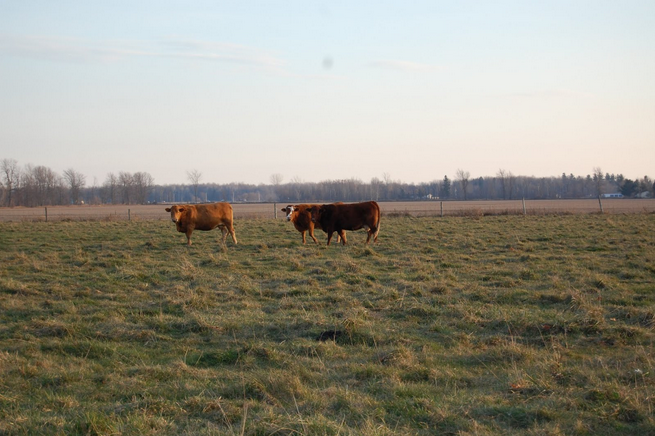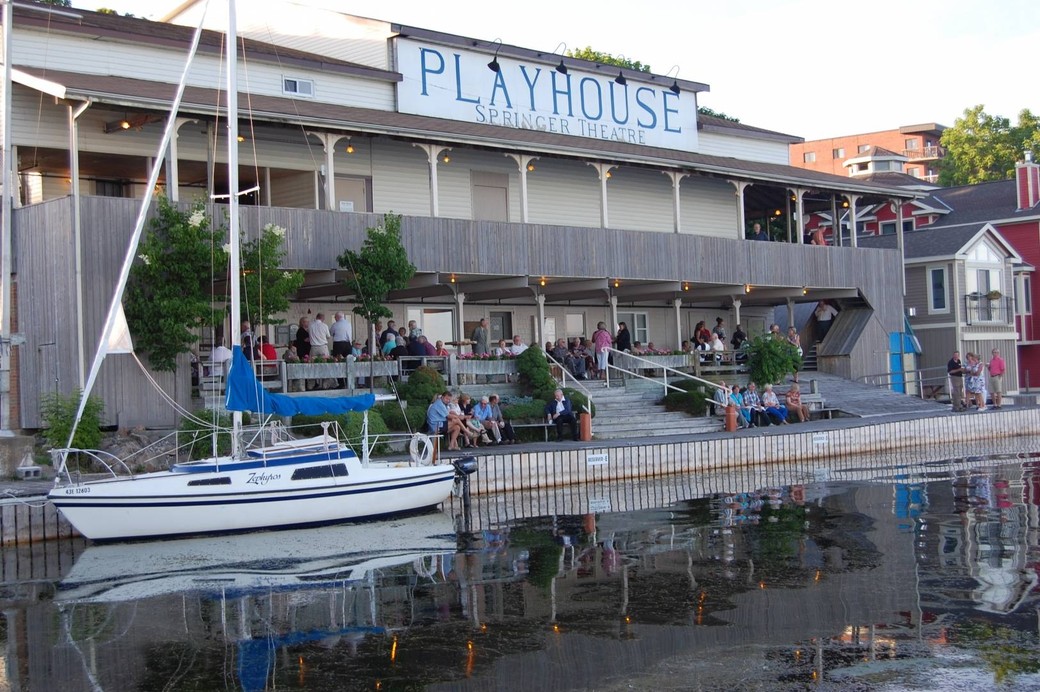
Rural Rant: Eating Safe Beef
Listening to recent news reports about recalled meat products makes one wonder: is it possible to buy safe beef? Yes. Well, pretty much. Nothing is perfectly safe. But there are ways to reduce the risks for the consumer and for the industry. First, it’s important to recognize where the problems arise—and it’s not all on the shoulders of the Canadian Food Inspection Agency.
The safest beef, or any meat product, is made from an animal which comes from a small pasture operation or a small barn – not a big feedlot, huge barn or other intensive livestock operation (ILO). The animal should have been killed and packaged at a small
slaughterhouse or abattoir. As is the case with almost any industry—big volume causes big problems.
Large beef cattle feedlots are jammed with hundreds or thousands of steers ambling about in deep manure. When the steers are shipped to be slaughtered, many animals have manure stuck on their hair from their bellies to their feet. Although carcasses are washed, the more manure there is, the harder it is to thoroughly cleanse the carcass, and this thick layer of manure can lead to E. coli contamination of the animal’s meat. Animals raised in ILOs are also given more hormones to help them grow large without getting too fatty. These animals may also be regularly fed antibiotics (as opposed to being administered antibiotics only when they are sick).

In big packing plants, such as XL Foods Inc., where thousands of animals are processed daily and the plant runs pretty much continuously, there are more opportunities for material to get stuck in saws and implements and fewer opportunities for adequate cleaning. In a small slaughterhouse, animals are usually killed one or two days a week, then they are cut up after being properly hung (which big plants don’t do), then they are sold and packaged. Different implements are used for different jobs, providing time to really clean tools between uses, because no shutdown is required. The more often any kind of food is handled, the greater the chances of contamination. Buying meat in large basic cuts and doing additional cutting or trimming at home takes more time but can be worth it. It is generally less expensive doing things this way. Tenderizing of tough pieces can be done with a mallet at home. Never buy tenderized beef in a store. However, be sure to treat meat at home with care (especially poultry). Don’t cut it on a board that you also cut vegetables on. Have one specific surface for meat cutting only. Don’t cross-contaminate by cutting different meats with the same unwashed knives or on the same board. Scrub all surfaces the meat touched, or may have touched, thoroughly with plenty of hot water and detergent.
Then cook everything completely. Cooking kills most pathogens. Never mind the steak tartare or rare hamburger. Just cook it. Don’t let anything you will eat raw, such as salad or fruit, or anything you eat without cooking, like cheese or luncheon meat, touch the raw meat. Otherwise, you’re providing a great breeding ground for pathogens. To find small beef operations, Google Search “grass-fed beef” or “pasture-fed beef.” There are several farms and butcher shops in outlying Ottawa that come up. Ask questions of the proprietors when you contact them. You can also search for organic farms, but purely organic can be more expensive and isn’t always necessary if you’re mostly concerned about humane treatment, safety and flavour.
If you know people who live in the agricultural areas around the city, ask them who grows beef nearby. Then contact those farmers and see if they’ll sell a whole beef, half-beef or side of beef directly to you. You’ll pay so much per pound plus the cost of butchering, cutting and wrapping at a local slaughterhouse, and you’ll end up with a freezer full of nutritious, delicious food. Some people are purists about pasture- or grass-fed beef only, but many small farmers finish their steers with grain in a smaller pen, giving a nice, flavourful, well-marbled and tender meat. As far as I’m concerned (having been raised on an Alberta farm which grew delicious beef), the end product is superior. Whatever you decide, whether small farm pastured, pure grass-fed or organic, you increase the safety, nutrition and flavour of the meat you and your family consume.
It is impossible for any animal raised in an ILO to taste as good as meat from a small operation where the animals eat a variety of foods and get a little exercise and fresh air. That’s all there is to it. If you find that you like the quality of the beef you get this way, try eating humanely-raised chickens—yum! You’ll never go back to grocery store chicken again. Currently in Ontario, small farm and butcher operations face many obstacles, including regulatory and inspection issues. They are being squeezed out (some say deliberately) in favour of high-volume agribusiness operations. By supporting your local pasture operation farmer, your local small abattoir and your local butcher who sells quality meats, you can help keep small family farms and businesses solvent too.
From a rural woman’s perspective, that’s got to be good.
ALL PHOTOS: Candice Vetter










